The Crafts and Style of Venice: From Glassblowing to Lacemaking

By Em. Prof. Bernard Hoffert
One of the most fascinating aspects of Venice is its rich craft tradition. The glories of Venice’s unique art and architecture are well known, but these are complemented by an extensive and equally brilliant group of artisan products.
The best known of these is hand-worked glass. This craft was developed by glass blowers from Constantinople after the Venetian invasion of 1204 and was further enriched by refugees from the Ottoman conquest of the Byzantines in 1453. Murano glass became prized throughout Europe for the richness of its colour and for its sparkle. Refinements in the craft reflected developments in glass research into metallic oxides, which intensified the hues, and additives, which enhanced the sparkle.
The Glass-blowers of Murano
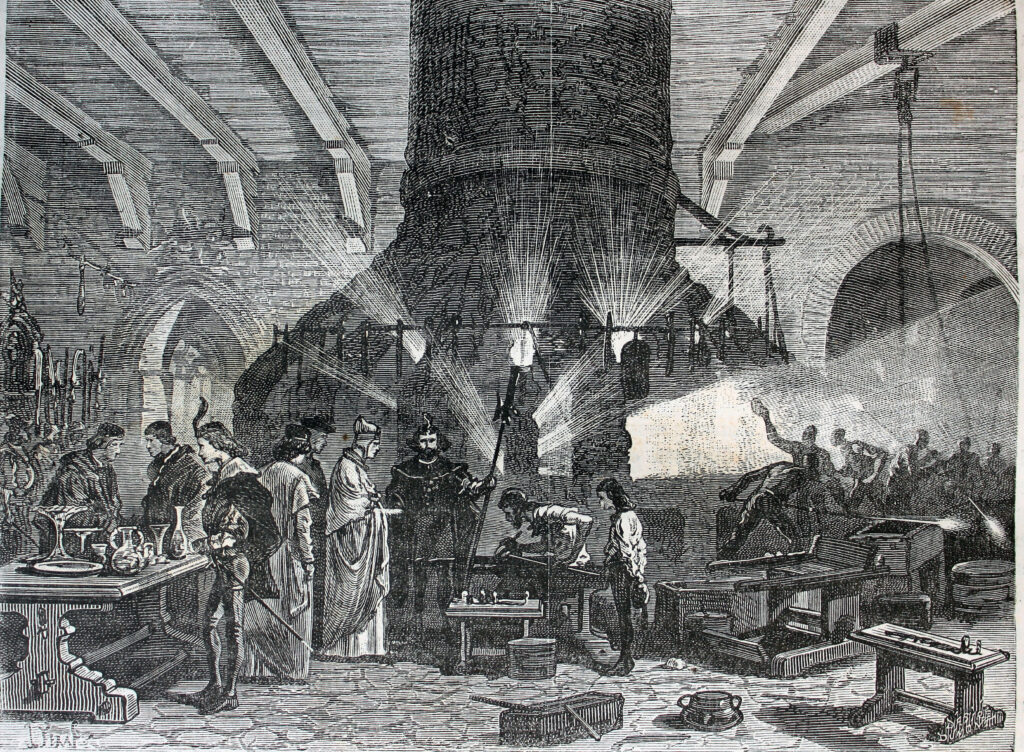
It was the Murano blowers who first developed clear sparkling glass they called ‘cristello’, the model for crystal today. The trade in glass so enriched the economy that the families of master blowers were permitted to marry into the nobility, and their products were so prized their craft secrets were protected under penalty of death. Furnaces of the original glass families still produce glass masterpieces today.
Left and right: Murano glass. Center: Gilt and enameled blown cristallo glass, Venice, late 15th–early 16th century
Lace Working on the Island of Burano and Brocade Textile
The lace of Venice, centered on the island of Burano, is equally prized. Knowledge of lace-working techniques was brought to Venice by artisans captured from Milan during the conflicts of the 1400s. Lacework in Venice reached its high point during the 18th and 19th centuries, when Burano lace competed with the finest Belgian products. Master makers can still be seen in the Burano workshops today.
Left: Fragment of lace flounce, Venice 1650-1700; Right: Polychrome velvet with a variation on a Medici emblem, late 15th century
During the 1400s, brocade textile production was largely dominated by Venice, the first state to establish a charter of quality control. The silk weavers and embroiderers enriched the coffers of the Venetian state as demand for their unique skills spread through trade. New colour dyes and the secrets of mordant dyeing brought from India gave Venice a virtual monopoly. The designers of the Rubelli workshops and the historic Bevilacqua studio with its 18th-century looms continue to export silks to palaces and grand theatres around the world.
Venice’s grand palazzi and museums, filled with dazzling examples of sumptuous brocade, delicate lacework, exquisite costumes, and fine Murano glass, commemorate artistry and skills refined over long centuries. Today, in the workshops of Venice, artisans continue to draw on the traditions inherited from their forebears to create new treasures for the modern world.
Learn about the history of Venice with David Henderson, award-winning artist & Royal Academy graduate who paints half the year in Italy, on our tour Venice: Jewel of the Adriatic. David will be assisted by Ali Oveissi who has been working with ASA as a tour manager since 1998.
Article images
Glass colour Italy venice blue sculpture 269585 by Oliver Clarke via pxhere.com
Le doge de Venise visitant les verreries de Murano By Louis Figuier: Jules Férat – 1027010, CC BY 2.0, via WikiCommons
Murano glass free photos 042078-1024
Cristallo stem glass Louvre OA1974By © Marie-Lan Nguyen via Wikimedia Commons, Public Domain
Murano Glass via Wikimedia Commons
Fragment of Lace Flounce, Venice, 1650-1700, Los Angeles County Museum of Art, Public domain, via Wikimedia Commons
Polychrome velvet with a variation on a Medici emblem. Public domain. Met Museum
Panoramic view of Grand Canal at dusk. Image ID: 140314930 Copyright Scaliger | Dreamstime.com, https://www.dreamstime.com/scaliger_info
These images have been resized for this website.

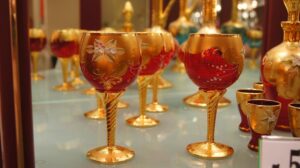
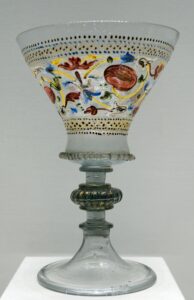

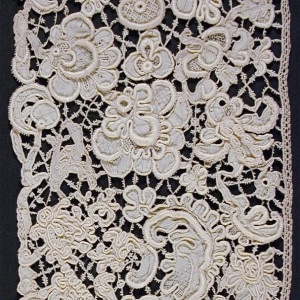
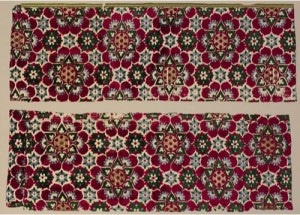
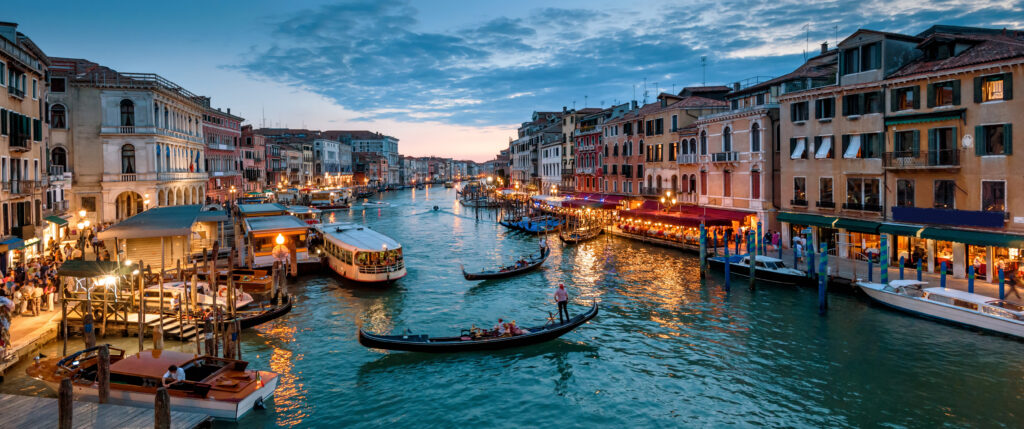
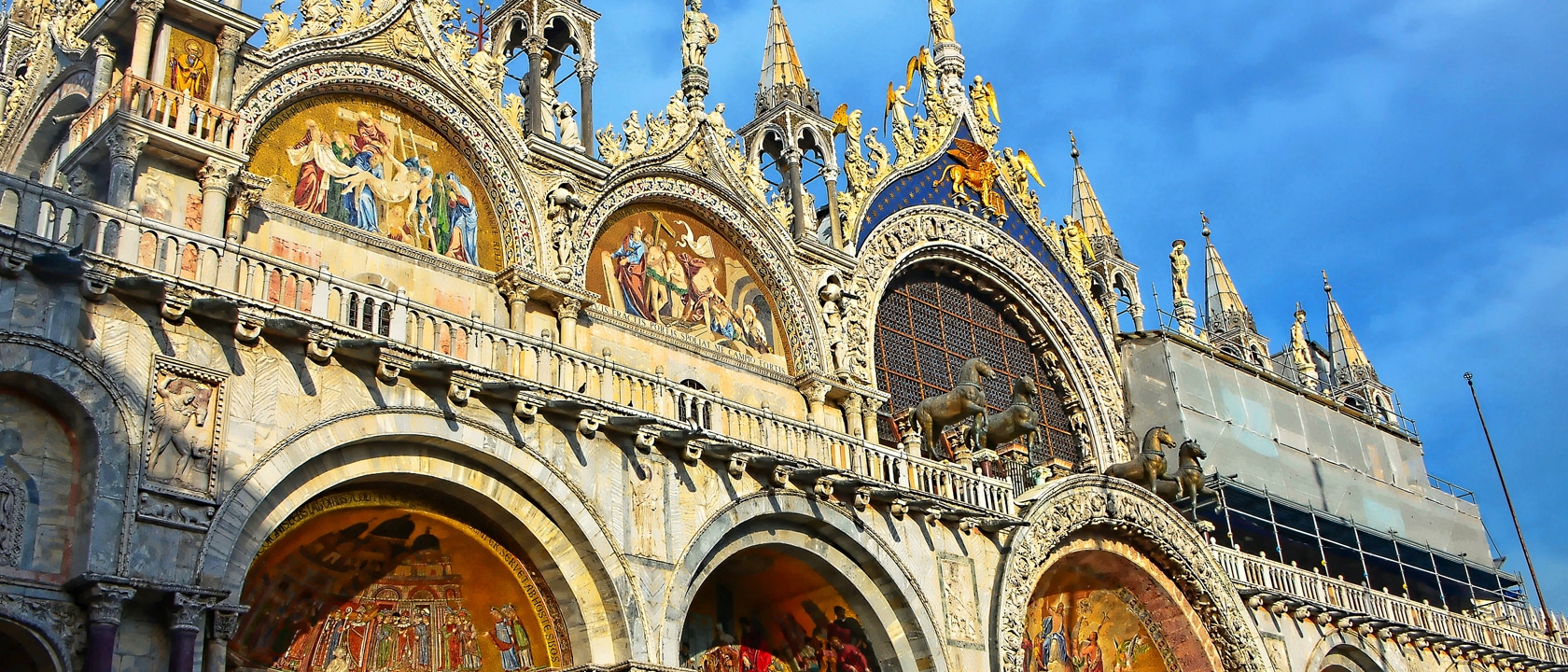 Venice: Jewel of the Adriatic 2025
Venice: Jewel of the Adriatic 2025 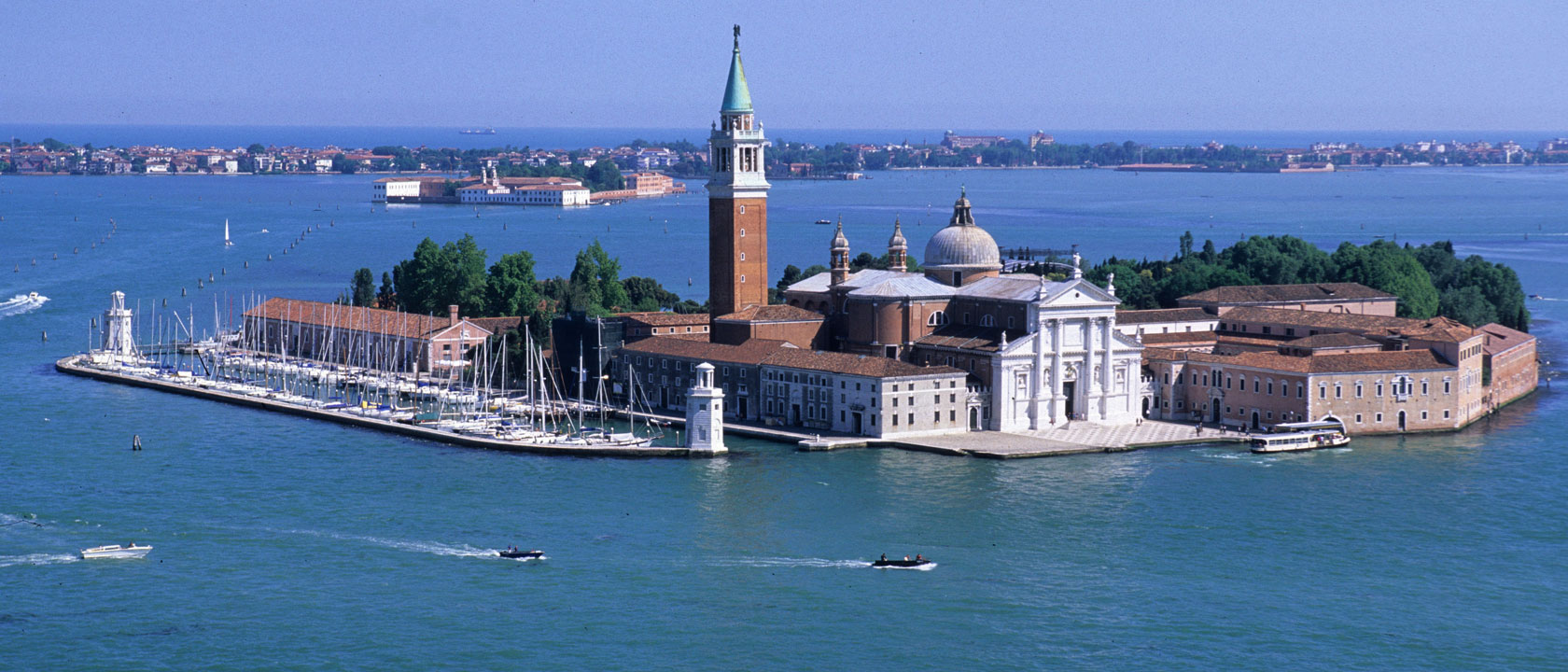 Venice: Jewel of the Adriatic 2026
Venice: Jewel of the Adriatic 2026